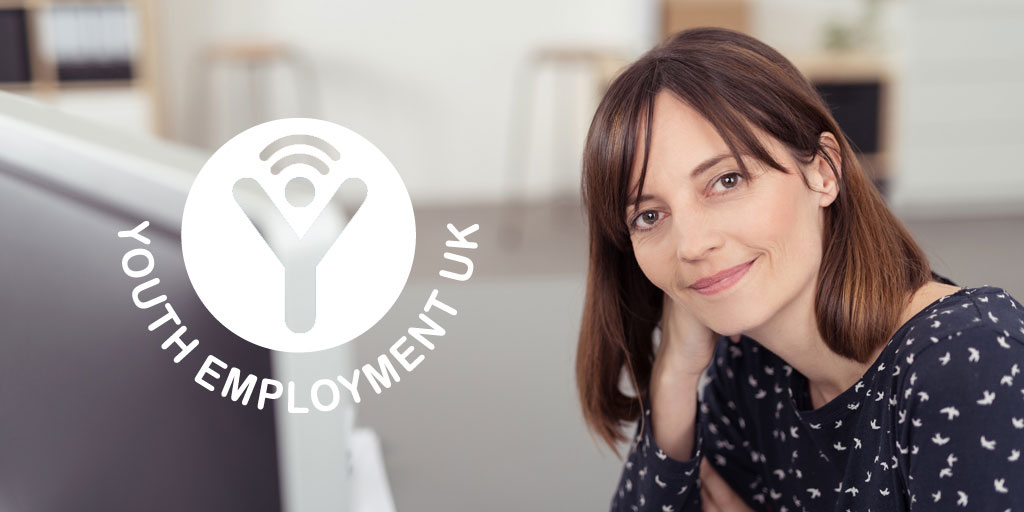Here are 6 tips to help you solve problems in the most inclusive way possible, supporting your work colleagues or classmates at school, college or uni.
Problem solving is an incredibly important skill at school, university, and in the workplace. It’s also important for life in general! We all run across problems, both big ones and small ones. But with good problem solving skills, you can overcome those issues and continue to work towards your goals.
Inclusivity is tremendously important in all aspects of our working lives, including in the way we approach and solve problems. How do you problem solve in the most inclusive way possible? Here are six things to bear in mind that will help you work more effectively with your colleagues or classmates.
Do not assume that everyone’s ideal solution looks the same
One problem can have many potential outcomes. Some will be more ideal than others. But you cannot assume that everyone’s idea of the perfect outcome is the same. So instead of making assumptions about the kind of solution you should be looking for, look for other people’s opinions.
One of your teammates might come up with a creative approach that you wouldn’t have thought of. By giving everyone a voice (more on that in a minute) instead of assuming you all want the exact same end result, you can open yourself up to bigger, better ways of thinking and approaching the problem.
In other words, keep an open mind about what the eventual outcome should be as well as how you should get there.
Give everyone the chance to have their say
In a team situation, it’s often the loudest people whose opinions carry the most weight. But being more assertive doesn’t necessarily mean having the best ideas. In particular, people who belong to groups that are often underrepresented and marginalised might have a harder time speaking up in these situations.
Inclusive problem solving means that everyone gets the opportunity to voice their opinions and share ideas. Pay particular attention to those who are shyer or quieter, as they may not feel as able to speak up. But they might have great ideas! Encourage them to speak and share their thoughts.
One way to ensure everyone gets a chance to speak and be heard is to go around the room and give everyone a certain amount of time (say, one or two minutes) to share their initial thoughts. If you’re having a more open discussion, make the effort to advocate for quieter people to ensure their voices are heard. Make your meetings and class discussions a no-interruptions zone.
Foster a “no bad ideas” environment
A big part of problem solving is simply coming up with different ideas to figure out the best approach to take. It’s vital to have a “there are no bad/silly ideas” approach to at least the initial mind-mapping phase.
This gives people freedom to get creative without worrying that others will mock or belittle their ideas, and it’s a really important part of inclusive problem solving. You never know – the genius idea that saves your project might come from someone who was hesitant to share it in case others thought it was silly.
View the problem as the enemy, not each other
Think of your colleagues or classmates as people on your side, not your rivals. Even if you approach the problem differently, presumably you all want to see the most positive result possible. Assume that the other people you’re working with are on your side against the problem.
Working together as allies builds trust and mutual respect, which will not only help you solve the problem in front of you, but improve your working relationship over the long term.
Disagree respectfully
You won’t agree with your colleagues or teammates all the time, especially when it comes to problem solving. But you do have to disagree respectfully. This means not putting down others’ ideas. If you believe something won’t work, explain why without making it personal.
A team can only be truly inclusive and allow a wide diversity of thoughts and ideas if it’s possible for members to disagree with each other in an empathetic and considerate way. Otherwise, it will simply be the most forceful personalities who get their way. Respectful disagreement fosters an environment where people feel safe enough to share their thoughts.
Invite different personality types into the discussion
Some people are very creative and others are very analytical. Some are a mix of the two. The key to inclusive problem solving is to have both types of people in the room and give their thoughts and opinions equal weight. If you’re a very analytical person, getting perspectives from more creative people will open you up to new ways of thinking, and vice versa.
Be very wary of problem solving sessions where everyone in the room thinks in largely the same way. Diversity of personality type and problem solving style is tremendously important.
How can you be more inclusive next time you face a problem?
It can be easy to forget about things like inclusivity when faced with a problem. But it’s actually more important than ever in those moments! So next time you’re dealing with a problem with your team, take a moment to pause and consider how you could make your approach more inclusive for everyone. We bet there are small things you could do that would make a big positive difference.








